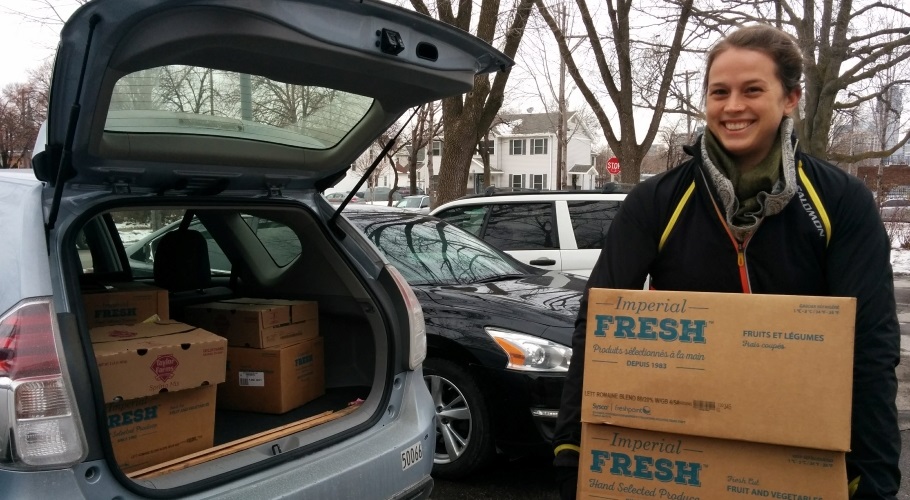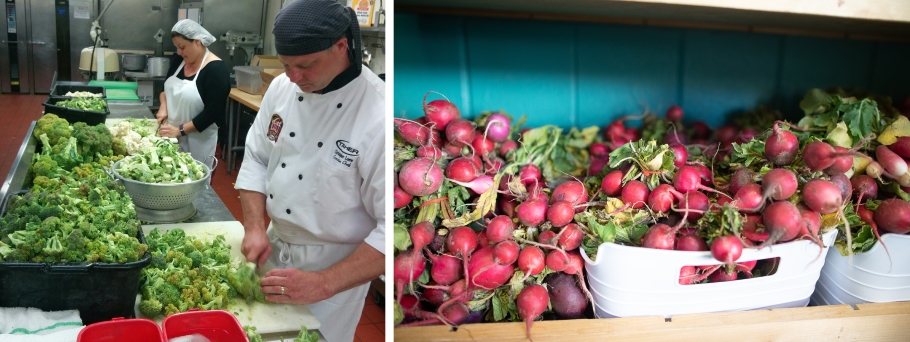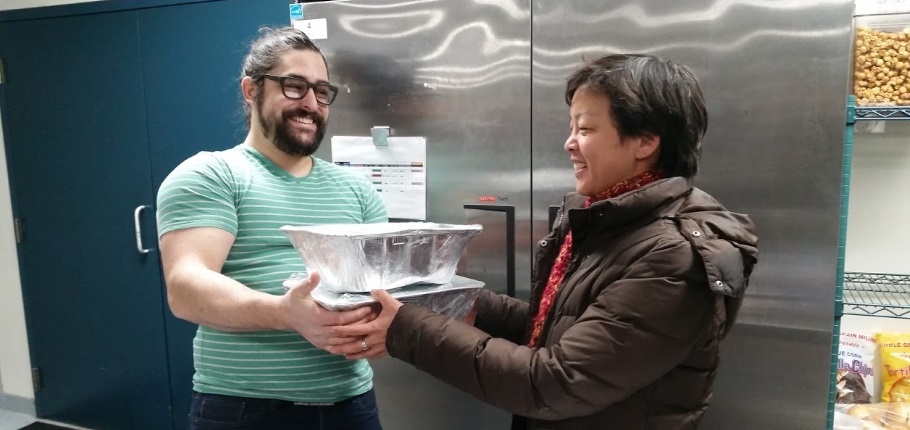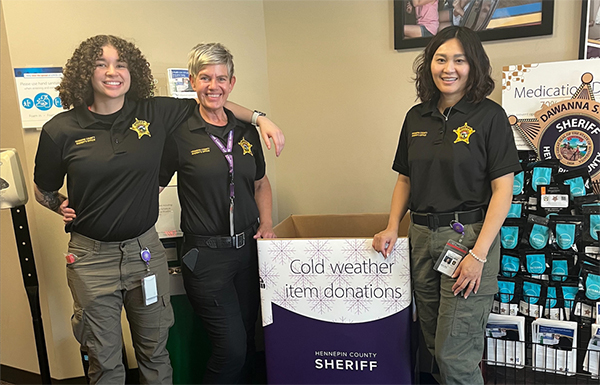The start of winter holidays is a time of reflection and gratitude, and lots of food. Delicious dishes might be plentiful for some and harder to get for others. Unfortunately, we toss 40 percent of all our food in the U.S. each year. That uneaten food is a waste of all the resources that went into making it. Plus, it doesn’t fulfill its true purpose: to feed people.
Use these tips to help get surplus food to neighbors and give back to your community this season.

Volunteer to connect food to people
Grocery stores and restaurants have unsold food that could be given to those who need it. Food rescue helps connect that yummy surplus food to people in need while also keeping it out of the trash. If you have an extra hour to volunteer, sign up to rescue food. Here are a few local options:
- Twin Cities Food Justice: Pick up food from a grocery store, bakery, or other donor and deliver to a food shelf or meal program. One time or reoccurring volunteer shifts, usually under an hour each, are available.
- Loaves and Fishes: Assist chefs by preparing large amounts of rescued food to be used later in meals. Help prepare and serve meals at various sites around the Twin Cities metro. Shifts are typically two and a half hours.
- Community Kitchen: Chop and prepare rescued ingredients for meals or help deliver those meals to unhoused neighbors. Shifts are variable, usually between two and three hours each.
Learn more about what Hennepin County is doing to get surplus food to people in need.

Support local food shelves
Food shelves, also called food pantries, have seen the number of visitors increase in the last two years, many over 25 percent. The need and number of visitors is highest during federal government shutdowns when funding for food assistance is reduced or eliminated. Food assistance continues to be stretched thin even as the government reopens.
Hennepin County has more than 100 organizations that give away free, nutritious food. Here’s how you can help:
- Get to know your nearby food shelves using the Twin Cities food resource map.
- Donate money. A food shelf can use your dollar more efficiently than donated food. Donations are usually tax-deductible.
- Volunteer to sort, organize, or assist clients at a food shelf. Invite a friend or family member.
- Help at a food bank, where bulk amounts of fresh and non-perishable food get sorted into smaller quantities to give to food shelves. This is a great choice for larger groups. Local food banks that are always looking for volunteers include The Food Group and Second Harvest Heartland.

Neighbor-to-neighbor action
Food doesn’t have to go through an organization to get to people in need. Here’s how to give your extras more directly to community members:
- Offer extra ingredients, produce, and leftovers to family, friends, or neighbors.
- Start a food sharing table at your workplace or place of worship.
- Use social media like NextDoor or Facebook groups to offer up extras. The Olio app also lets you post extra food.
- Find a nearby Little Free Pantry to stock non-perishable food.
Take action at work
If you work a restaurant, caterer, or grocery store, you can help donate extra ingredients, produce, or prepared meals to local food shelves. Find out how to donate food in the Food to People section of the Hennepin County business recycling page.
For non-food related jobs, you can organize a collection for funds or non-perishable food at your workplace. Find a nearby food shelf using the Twin Cities food resource map.
Holiday parties can have a lot of food waste. Start a conversation with office managers or event planners about donating leftover food from any events your business is hosting.
Your actions can have a big impact
An hour of your time, money, or thoughtfulness can make a big difference for a family in need this holiday season. Use these tips to give back to your community, reduce waste, and feed others this winter. Share this article and inspire others to take action.
